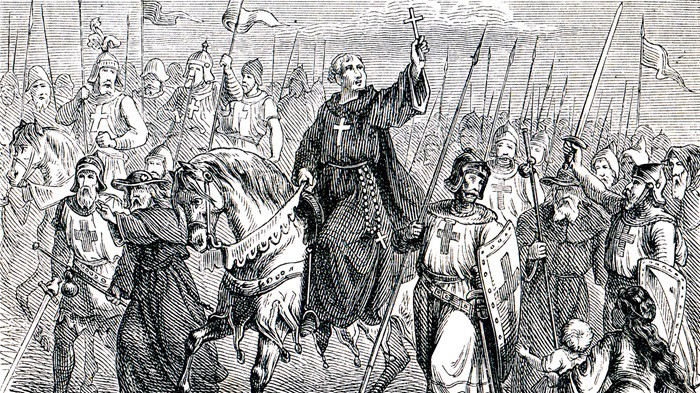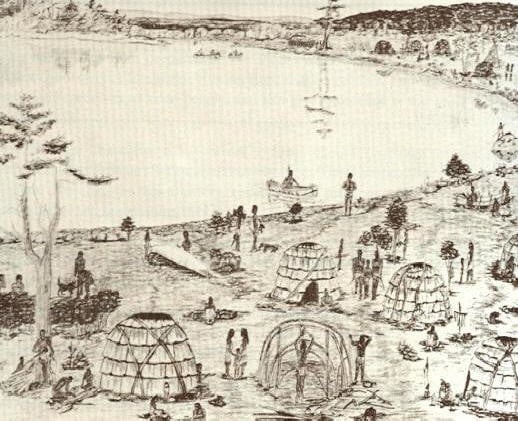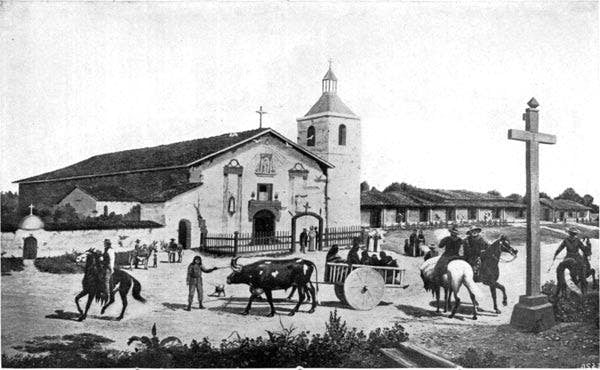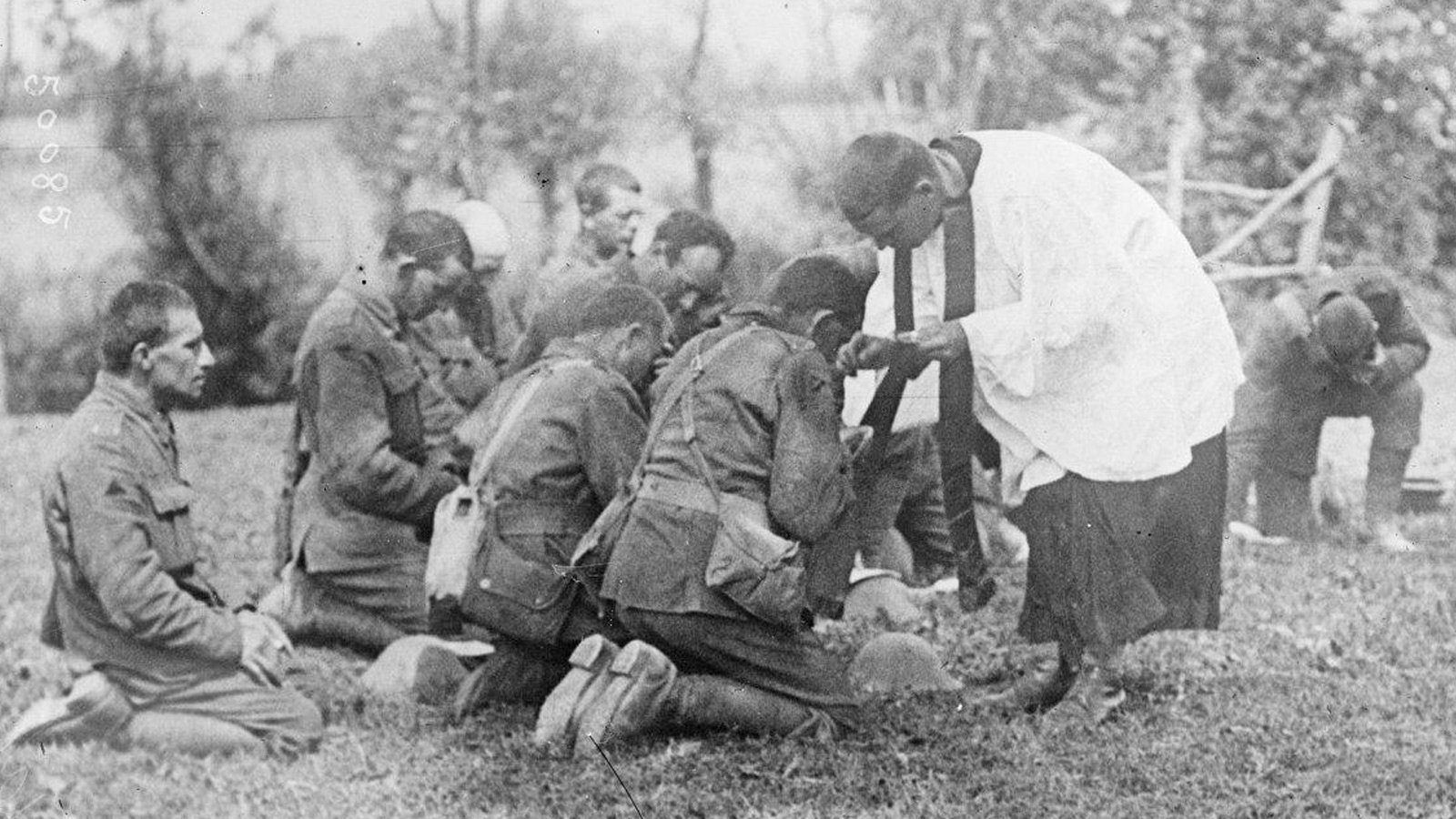Outlawing American Indian Religions

For the past five centuries, American Indians have had their religions suppressed (sometimes brutally and violently) and denied. With the formation of the United States and the adoption of the Bill of Rights which speaks of freedom of religion, this freedom has been denied to American Indians based on the notion that they were not citizens and therefore this freedom did not apply to them. The period of time from 1870 to 1934 can be considered the Dark Ages for American Indian Religious Freedom. During this time, the active suppression of American Indian religions reached its peak.
Under the Peace Policy of President Grant, Indian reservations were to be administered by Christian denominations which were allowed to forcibly convert the Indians to Christianity. By 1872, 63 of the nation’s 75 Indian reservations were being administered by Christian religious denominations.
In 1877, the United States sent America’s Christian General, O.O. Howard to the Pacific Northwest to put down the Dreamer Religion. With regard to the Nez Perce, Howard feels that it is his duty as an American officer and a Christian to force the Dreamer bands, such as Chief Joseph’s, into becoming Christian. The result of this was the Nez Perce War.
In 1883, the Secretary of the Interior reported that the heathen practices of American Indians had to be eliminated. According to Secretary of the Interior Henry M. Teller, the heathen practices of the American Indians must be eliminated:
“they must be compelled to desist from the savage and barbarous practices that are calculated to continue them in savagery.”
He instructed the Commissioner of Indian Affairs to compel the discontinuance of dances and feasts. He asked Congress for greater power to deal with the Indian spiritual leaders (often called “medicine men”). He asked that steps be taken to compel “these impostors to abandon this deception and discontinue their practices.”
Following the recommendations of the Secretary of the Interior, missionaries, and other influential “friends of the Indian,” the United States formally outlawed “pagan” ceremonies in 1884. Indians who were found guilty of participating in traditional religious ceremonies were to be imprisoned for 30 days. This was seen as an important step in the destruction of the Indian way of life.
In 1890, the United States government used military force to suppress the so-called “Ghost Dance” religion among the Sioux on the Pine Ridge Reservation. The War Department issued a list of Indians who were to be arrested on sight. Their “crime” was simple: they had embraced a new religion, one which had not been approved by the United States government. Using Hotchkiss machine guns, American soldiers managed to kill 40 Sioux men and 200 women and children at Wounded Knee.
In 1892, Congress strengthened the law against Indian religions. Under the new regulations, Indians who openly advocated Indian beliefs, those who performed religious dances, and those involved in religious ceremonies were to be imprisoned.
On a regular basis, the Secretary of the Interior and the Commissioner of Indian Affairs reminded the Indian agents of the need to suppress Indian religions. The Bureau of Indian Affairs (BIA) in 1902 told reservation agents: “You are therefore directed to induce your male Indians to cut their hair.” According to the Commissioner of Indian Affairs:
“The wearing of short hair by the males will be a great step in advance, and will certainly hasten their progress toward civilization.”
Under the new guidelines, Indian men with long hair were to be denied rations. If they still refused to cut their hair, “short confinement in the guardhouse at hard labor with shorn locks, should furnish a cure.”
On the Hopi Reservation, the Indian agent forced a number of men to cut their hair. The agent disregarded the ceremonial purpose of long hair. Hopi men traditionally grew their hair long in the back as a symbol of the falling rain for which they prayed. For the Hopi, for a man to have his hair cut during the growing season was tantamount to asking that the corn stop growing.
Indian agents were also instructed to stop Indians from using face paint. According to the Commissioner of Indian Affairs:
“The use of this paint leads to many disease of the eyes among those Indians who paint. Persons who have given considerable thought and investigation to the subject are satisfied that this custom causes the majority of cases of blindness among the Indians of the United States.”
In addition, Indian dances and feasts were to be prohibited. According to the BIA:
“Feasts are simply subterfuges to cover degrading acts and to disguise immoral purposes.”
In 1934, policy regarding freedom of religion for American Indians began to change when John Collier, the Commissioner for Indian Affairs, issued Circular No. 2970 (“Indian Religious Freedom and Indian Culture”) to superintendents of Indian agencies. According to Collier:
“no interference with Indian religious life or ceremonial expression will hereafter be tolerated.”
Not all of the employees, however, followed the new rule. According to JoAllyn Archambault, in her chapter on the Sun Dance in the Handbook of North American Indians:
“However, many federal employees and Christian missionaries on reservations resisted the policy and discouraged sweatbaths, the Sun Dance, and other religious practices.”
Historian Angie Debo, in her book A History of the Indians of the United States, reports:
“Superpatriots even detected the hidden hand of Red Russia behind the policy, and Collier had to defend himself before the House Indian Affairs Committee against charges of atheism, Communism, and sedition.”


